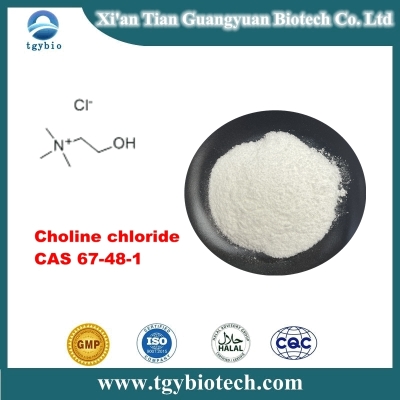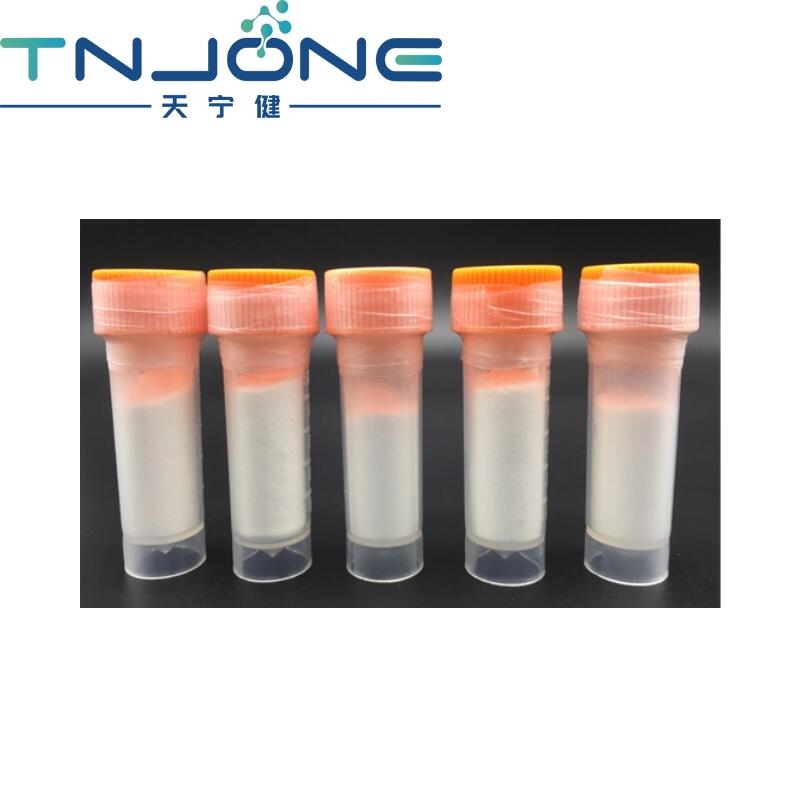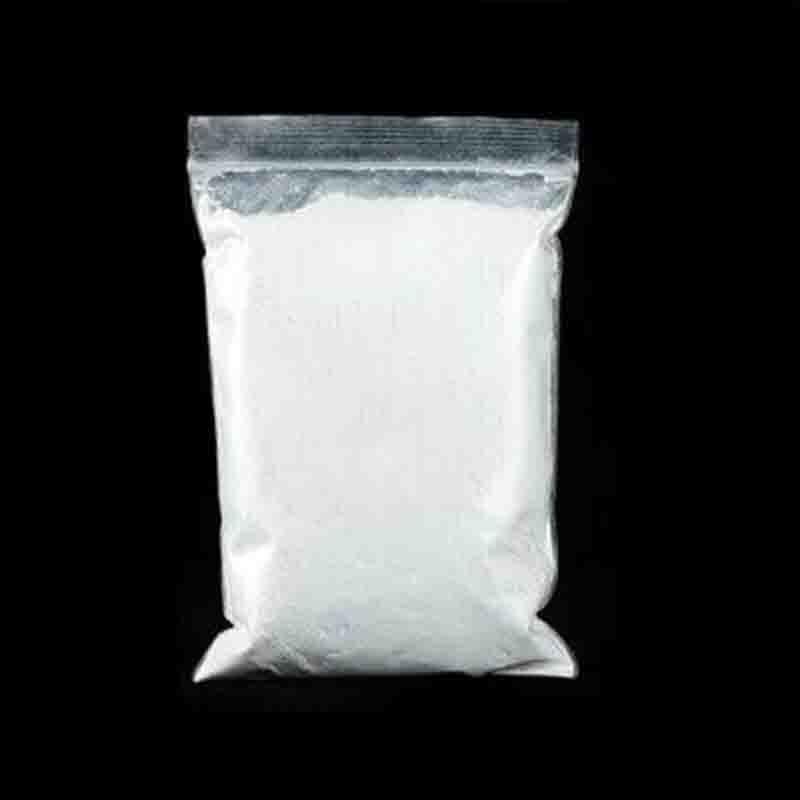-
Categories
-
Pharmaceutical Intermediates
-
Active Pharmaceutical Ingredients
-
Food Additives
- Industrial Coatings
- Agrochemicals
- Dyes and Pigments
- Surfactant
- Flavors and Fragrances
- Chemical Reagents
- Catalyst and Auxiliary
- Natural Products
- Inorganic Chemistry
-
Organic Chemistry
-
Biochemical Engineering
- Analytical Chemistry
-
Cosmetic Ingredient
- Water Treatment Chemical
-
Pharmaceutical Intermediates
Promotion
ECHEMI Mall
Wholesale
Weekly Price
Exhibition
News
-
Trade Service
Eutylone (hydrochloride) is a commonly used chemical compound in the chemical industry.
It is a member of the group of compounds known as alkylphenones.
Eutylone (hydrochloride) is a white or almost white, crystalline powder that is soluble in water.
It is widely used as an intermediate in the production of various chemicals and materials.
Upstream Products
The upstream products of Eutylone (hydrochloride) are the raw materials that are used to produce it.
The most common upstream products for Eutylone (hydrochloride) include mono-chlorobenzene and aniline.
Mono-chlorobenzene is a colorless liquid that is used as a solvent and in the production of other chemicals.
Aniline is an organic compound that is used as a precursor in the production of a variety of chemicals, including dyes, pharmaceuticals, and plastics.
Downstream Products
The downstream products of Eutylone (hydrochloride) are the chemicals and materials that are produced using Eutylone (hydrochloride) as an intermediate.
The most common downstream products of Eutylone (hydrochloride) include plasticizers, dyes, and pharmaceuticals.
Plasticizers are additives that are used to improve the flexibility and durability of plastics.
They are used in a variety of applications, including the production of vinyl containers, plastic films, and synthetic leather.
Dyes are another common downstream product of Eutylone (hydrochloride).
They are used to impart color to a wide variety of materials, including textiles, paper, and packaging materials.
Eutylone (hydrochloride) is used as a precursor in the production of certain types of dyes, including azo dyes and anthraquinone dyes.
Pharmaceuticals are also a major downstream product of Eutylone (hydrochloride).
Eutylone (hydrochloride) is used as an intermediate in the production of certain types of medications, including antihistamines and sedatives.
Manufacturing Process
The manufacturing process for Eutylone (hydrochloride) typically involves the following steps:
- Monomer formation: In this step, mono-chlorobenzene and aniline are combined to form a monomer.
- Polymerization: The monomer is then polymerized to form a polymer.
This is typically done using a chemical reaction called condensation. - Hydrolysis: The polymer is then hydrolyzed to form Eutylone (hydrochloride).
This is typically done using a strong acid, such as hydrochloric acid. - Purification: The resulting Eutylone (hydrochloride) is then purified to remove any impurities.
This is typically done using a series of chemical reactions and filtration steps. - Isolation: The purified Eutylone (hydrochloride) is then isolated from the reaction mixture.
This is typically done using a solvent, such as ether or hexane.
Applications
Eutylone (hydrochloride) is used in a variety of applications due to its unique properties as a chemical compound.
It is widely used in the production of plasticizers, dyes, and pharmaceuticals.
It is also used as an intermediate in the production of other chemicals and materials.
Eutylone (hydrochloride) is commonly used as a plasticizer in the production of vinyl containers, plastic films, and synthetic leather.
Plasticizers are additives that are used to improve the flexibility and durability of plastics.
They help to reduce the brittleness of plastics and improve their ability to withstand impacts and stresses.
Eutylone (hydrochloride) is also used as a precursor in the production of certain types of dyes







